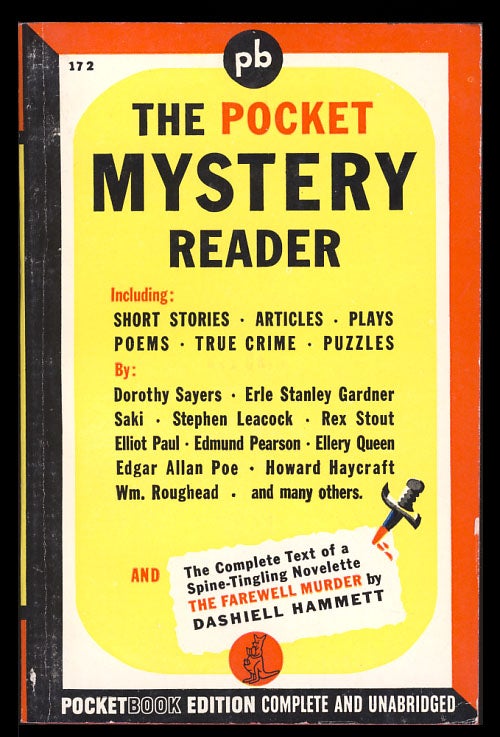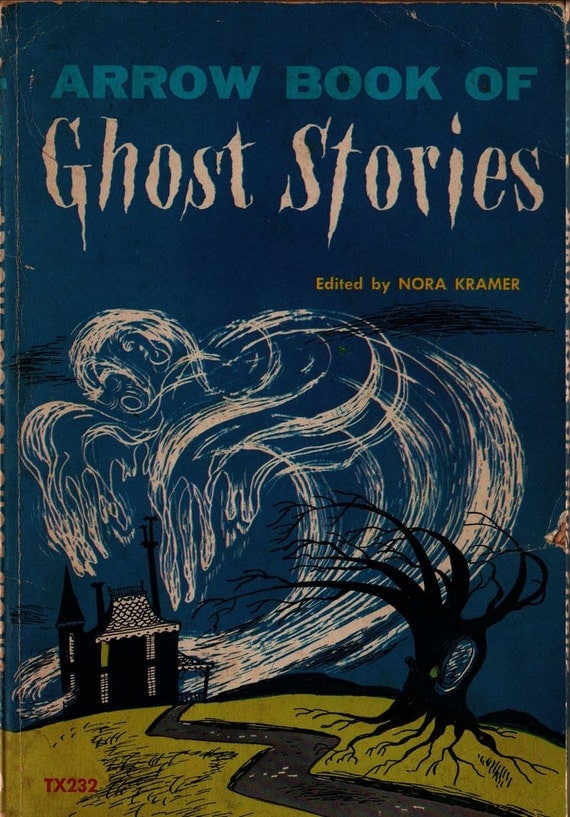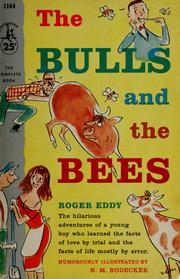James M Cain wrote a controversial novel on a touchy topic made into an even more contentious movie of the same name.
It’s less than fair to suggest the film ended the career of Orson Welles, but some critics noted it capped the actor’s substantial body of work on a low note. Further, the production virtually finished the profession of its actress, turning her name into fodder for barbed late-night television jokes.
The Film
The actress was
Pia Zadora and the movie was
Butterfly based on Cain’s
The Butterfly.
I overlooked the original in theatres, but a third of a century after its release, I decided to take a critical look at it. To my surprise, it’s not an awful film.
- Stacy Keach, known to private eye fans as Mike Hammer, put in an earnest and solid low-key performance as Jess Tyler. He provided the backbone of the story, but more than that, he played a nuanced there-but-for-the-grace-of-God character who made mistake after mistake even as the audience begged him not to.
- Orson Welles is claimed to have been drunk on the set. Whether or not that’s true, I hazard he turned in a sly performance, one he fully intended to. Suggesting substantial improvements would be difficult.
- Any actress bordering on age 30 who can convincingly portray a 16-year-old (19 in the novel) is doing something right. To be sure, Pia Zadora’s baby-fat cheeks helped, but more than that took place. She’d started as a child actress at age eight on Broadway and developed a singing career, but Hollywood hated her for reasons that had nothing to do with the film.
 |
| © Pia Zadora |
So what went wrong?
The Butterfly Effect
Born to parents in the theatre (father a violinist, mother a Broadway costume supervisor), Pia adapted part of her mother’s maiden name, Zadorowski, as her stage name. She sang and acted in a number of child rôles. At age 19, she met a man 32 years older than she, Meshulam Riklis, an investor and businessman. They married five years later. She became the Dubonnet Girl in commercials for the apéritif in which Riklis had a financial interest.
Riklis encouraged his wife’s career, perhaps a bit too much. When Pia Zadora starred in
Butterfly, he bought billboards promoting her.
The movie industry didn’t like that. In fact, they resented it. When the Golden Globes presented her with Best New Star of the Year, Hollywood turned on her and where Hollywood went, the public followed. Awards of a Golden Raspberry for Worst Actress, Worst New Star and Worst New Star of the Decade were only the tip of the freeze-out iceberg. Late-night television comics relentlessly mocked her, celebrity magazines ridiculed her. While the
New York Times actually liked the film, they said the petite Miss Zadora looked “stunted, like a Brigitte Bardot who's been recycled through a kitchen compactor
,” an unnecessarily hurtful allegation both unfair and untrue. She appeared in a few more B-movies, but her film career was over.
But not all was lost. In a perverse way, her haters had given her name recognition, and she would eventually receive a sort of vindication. Movie-goers who didn’t stay for the credits roll didn’t realize she’d sung the sultry title song in
Butterfly, “
It’s Wrong For Me To Love You”. Her next-to-last film was
Voyage of the Rock Aliens– ‘rock’ in this case meant rock-n-roll. In it, she sang many of the songs from her follow-up album,
Let's Dance Tonight.
That’s when people learned Pia Zadora could sing!
And sing well. She rebooted her career singing in Europe and established a number of international hits. This was no aberration. In 1985, she barely missed the Grammy Award for Best Female Rock Vocal Performance with the song ‘
Rock It Out’, losing to Tina Turner's ‘
Better Be Good to Me’.
 |
| Sinatra © Zadora |
She became friends with Frank Sinatra when she headlined in Las Vegas. He persuaded her to turn to standards. Her subsequent album
Pia & Phil referred to her backup group, none other than the London Philharmonic Orchestra.
Late-night talk hosts invited her back and Johnny Carson apologized for
Tonight Show punchlines at her expense. Pia had made her comeback.
The Book
The Butterfly’s title might sound like a cosy, but Cain dismisses mean-streets-of-the-city noir to show us the truly dark, forbidden love and death in the depths of a West Virginia coal mine. While the book is a crime story with a mystery, it’s also a thinly disguised melodrama and a thin volume at that.
Cain said he intended an entirely different effects-of-the-Depression novel. When Steinbeck published
Grapes of Wrath, Cain aborted his plans, eventually plucking
The Butterfly out of the scraps of his writings and research.
Oedipus Wrecks
Many consider the subject matter creepy– incest. We tend to associate the practice with opposite extremes of society. On the one hand, royalty intermarried, not merely European kings, queens, and offspring, but Asian and Egyptian rulers too. In a dizzying myriad of ways, Norse, Greek and Roman gods bounded in and out of beds in an assortment of peculiar combinations.
The Judeo-Christian
Bible is loaded with
examples of incest, where theological theorists argue that God suspended the laws of incest. A few examples include Cain and Abraham and their sister/wives, not to mention Lot and his determined daughters. Presumably the descendants of Noah suffered a shallow dating pool as well. Lest you think Americans are above it all, celebrities– our own sordid royalty– have occasionally been said to engage in incest as well.
At the other extreme, we look down on poor folk in the hills 'n' hollers of Appalachia, the Ozarks, and places not yet despoiled by 7-11s, strip malls, and WalMarts.
Deliverance has become a code word where mountain dew drinkin’ types marry relatives, just as in Carbon City, West Virginia, the setting of
The Butterfly.
And yet…
GSA
Cain toys with us by recognizing a phenomenon called ‘
Genetic Sexual Attraction’. GSA is a serious matter studied by psychologists and biologists. Apparently GSA is biologically programmed into us.
Opposing GSA is a debated factor called the
Westermarck effect. According to its proponents, this psychological proximation factor blocks, sometimes imperfectly, sexual appeal between close relatives. The effect can and does break down, particularly in cases of at least one absent or absentee parent, and
traditional rôles within a family change. When families split apart resulting in divorce and adoption, the Westermarck effect can’t occur.
The percentage of adults who engage in incestuous relationships is unknown, but estimated at fifteen per cent on average and up to
50% among long-separated, reunited relatives. A sizable proportion don’t want to be ‘fixed’. It’s substantial enough to have pro- and con
support groups,
lawyers and
lobbyists,
forums,
books and
blogs, and
web sites. After Britain was criticized for punishing sibling couples who remained stubbornly in love, the European Union is trying to figure out how better to handle these situations and possibly decriminalize most adult couplings.
The mainstream public’s introduction came from the columns of Ann Landers and Abigail Van Buren in the 1960s and the first support groups were born. These days, if we hear about the topic at all, it’s usually the result of long-lost relatives, separated at childhood, who find each other… and unexpectedly find each other attractive.
Praising Cain
James M Cain isn’t the only author since
Anaïs Nin to dabble with incest, although his 1946 story cleverly works in the recognized psychological stress factors. Novelist
Gillian Flynn hinted at ‘
twincest’ in her book and film,
Gone Girl.
Although Cain played upon reader’s suppositions, he cleverly adopted and adapted this phenomenon for his own purposes, juxtaposing a long-lost
Lolita with… Well, you have to read the novel or see the film and choose which ending you prefer.
 When you say folk music in America, the first thing that comes to most people's mind is Peter, Paul, and Mary, Bob Dylan, Joan Baez, and music that's a mixture of politics and sweet ballads. Folk music in Britain? Try some of the dark stuff. You want to know how to cheat the Fairy Queen? Kill a monster or two? Go crazy? Be killed by a werefox? Try old British folk songs.
When you say folk music in America, the first thing that comes to most people's mind is Peter, Paul, and Mary, Bob Dylan, Joan Baez, and music that's a mixture of politics and sweet ballads. Folk music in Britain? Try some of the dark stuff. You want to know how to cheat the Fairy Queen? Kill a monster or two? Go crazy? Be killed by a werefox? Try old British folk songs."Your beauty so enticed me





































